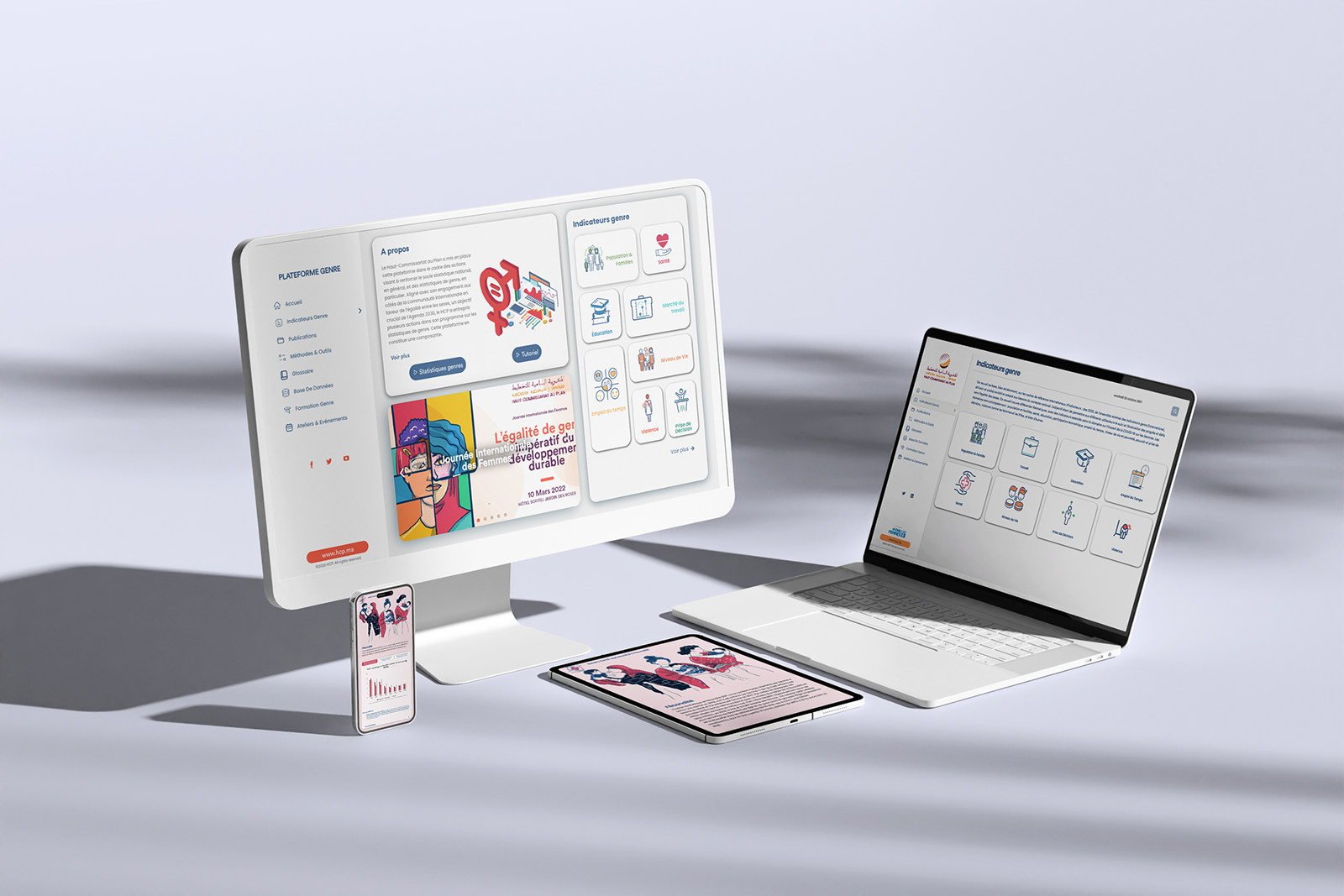
Gender Platform
Introduction
In my role as Senior Art Director and Interactive Designer, I led the redesign of a responsive web application for the Moroccan Statistics and the UN Women. Our mission was to create a platform that presented gender statistics in an accessible, interactive, and user-friendly manner.
The Team
The project was carried out by a diverse team under my leadership, comprising a UX Designer, two Developers, and a Motion Designer. My responsibility was to guide the creative vision and ensure an effective and cohesive design strategy.
PROCESS
- Research and User Personas
- Wireframes and Prototyping
- Usability Studies
- Design and Development
- Video Development
- Launch and Iteration
- Training and Handover Phase
Research and
User Personas
Our initial stage involved intensive research and user persona creation. To gain an accurate understanding of our users’ needs, motivations, and frustrations, we interviewed potential users, such as statisticians, researchers, policy makers, and non-profit organizations. Some of the questions we asked were:
- « What tools or resources do you currently use to find gender statistics? »
- « What challenges do you encounter when accessing or using gender statistics? »
- « How often do you use gender statistics in your work, and in what capacity? »
- « What features would you find most helpful in a web application dedicated to gender statistics? »
From these interviews, we were able to identify common pain points and create detailed user personas, complete with problem statements and user journeys. For instance, users often noted difficulty in finding specific data, understanding the data, and a lack of personalization:

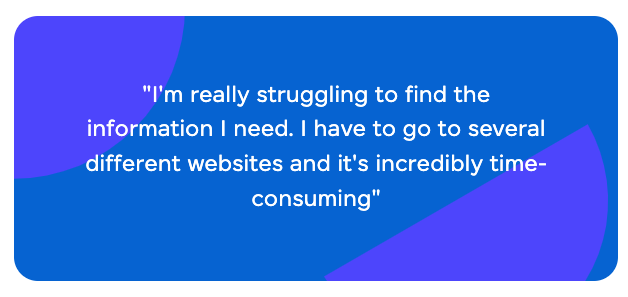
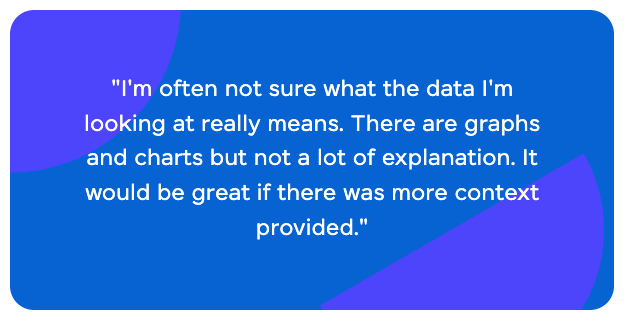
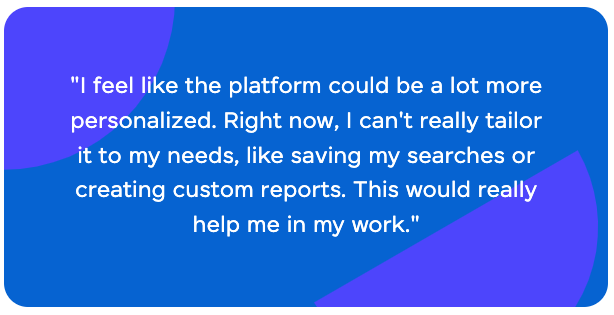
Wireframes & Prototyping
Following the creation of user personas, the team moved into the wireframing and prototyping phase. The aim here was to provide a skeletal framework of the platform, which later evolved into a functional prototype. This prototype was then tested with a select group of users that represented our defined personas, ensuring that the application was user-friendly and addressed the pain points identified during our initial research.
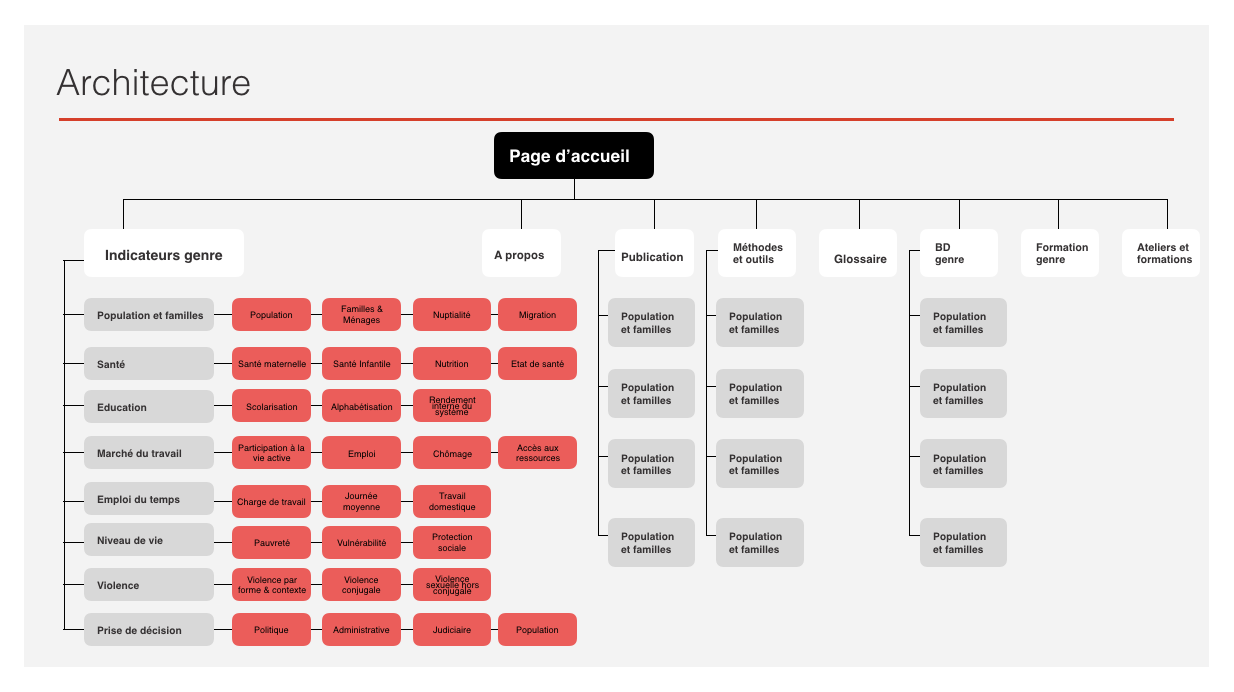
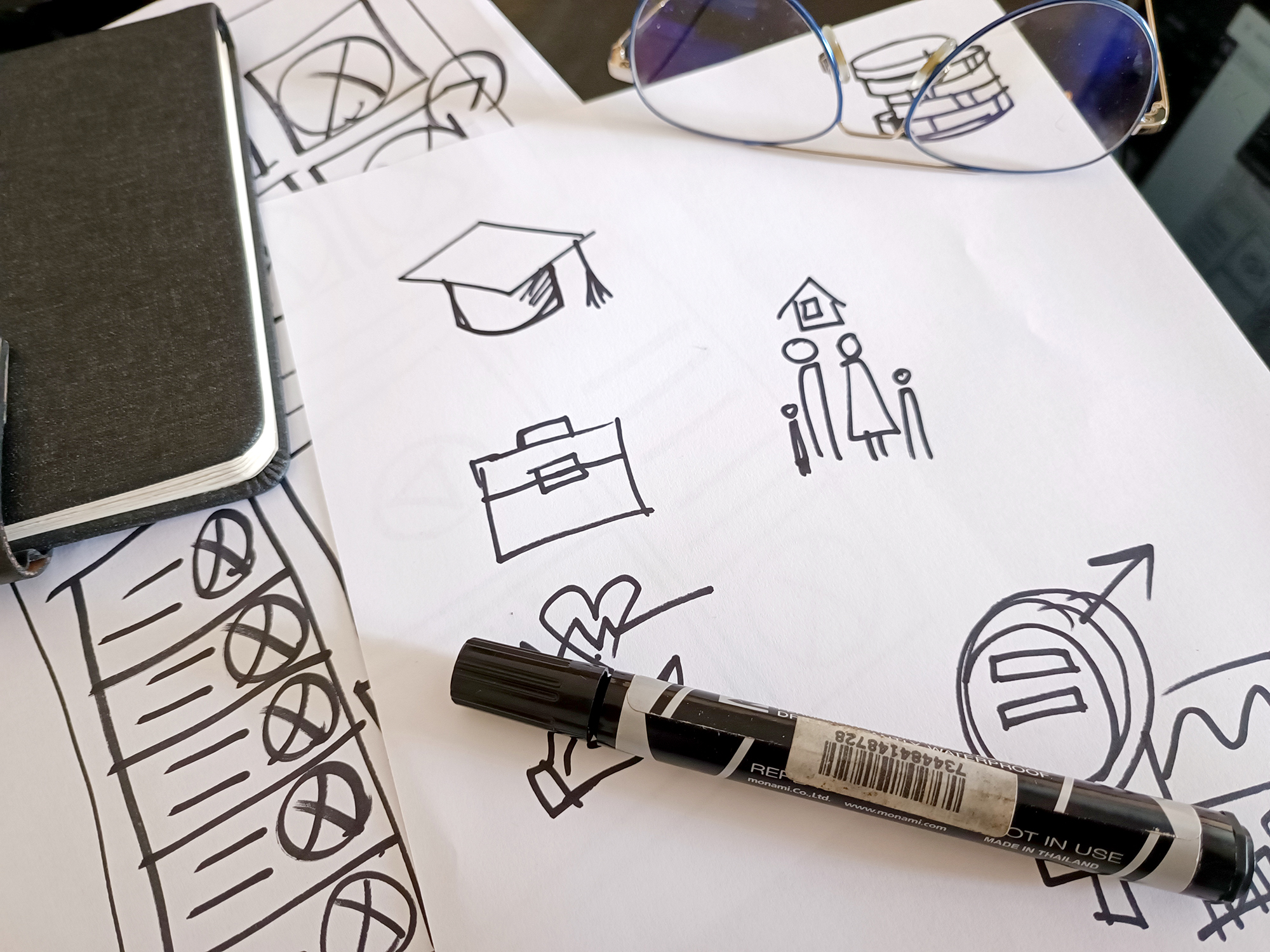
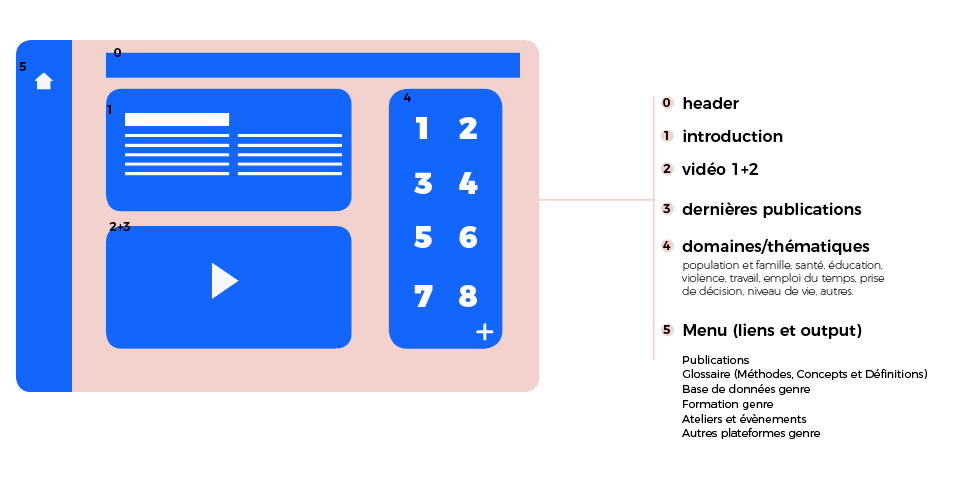
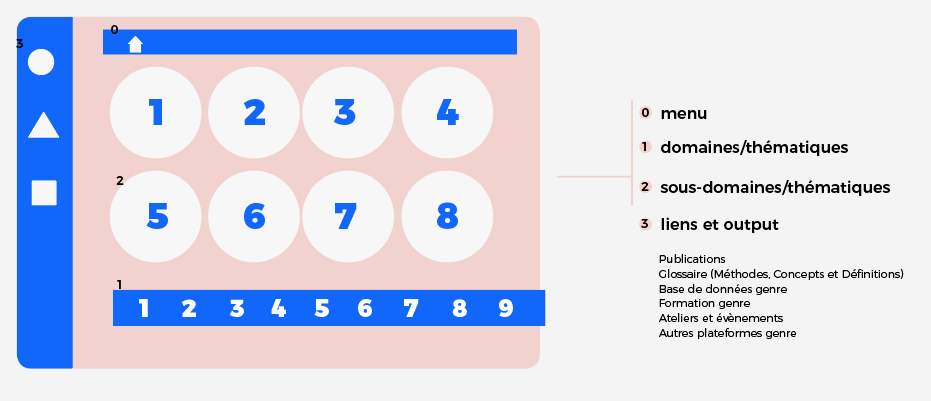
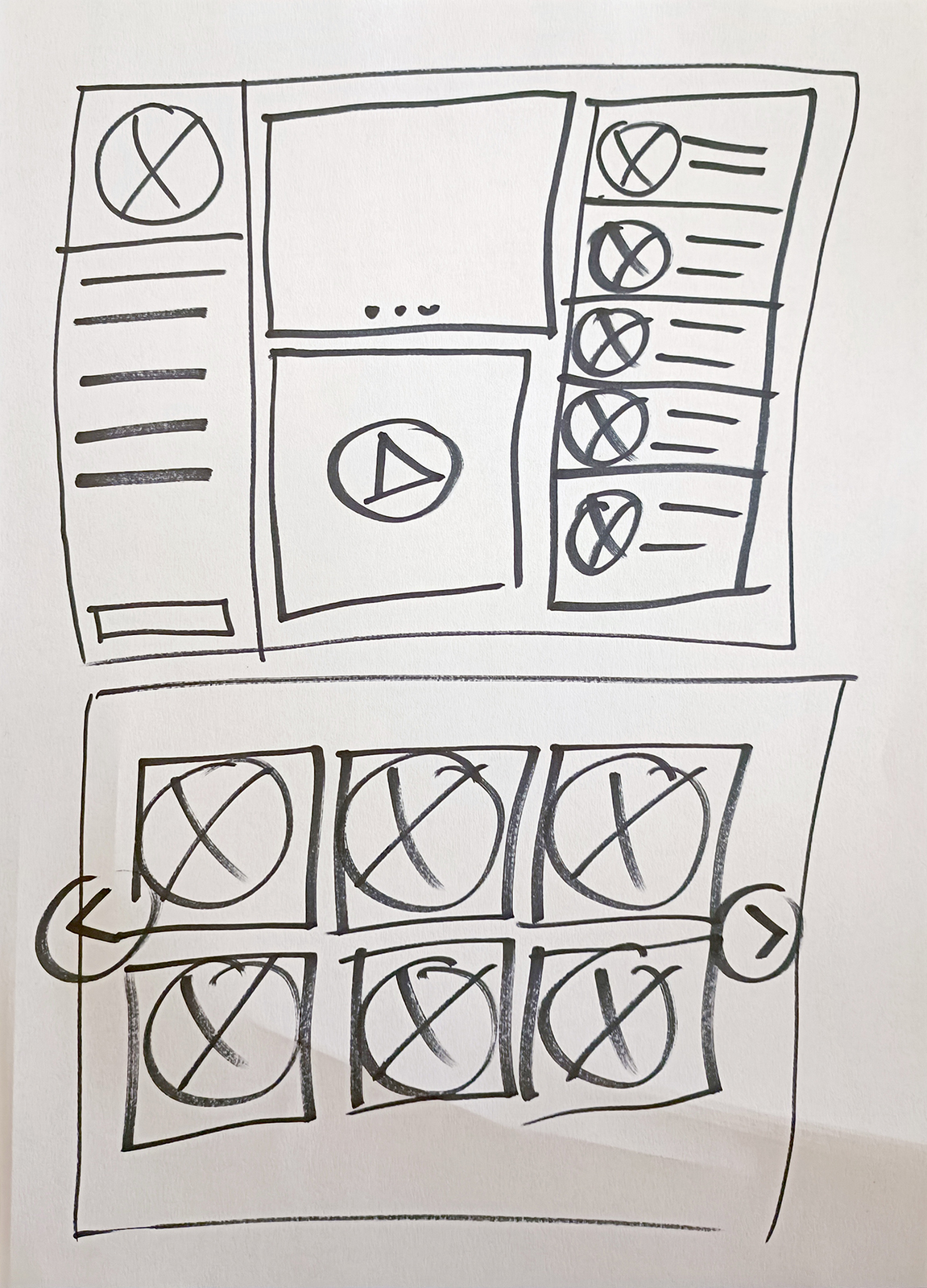
Usability Studies
Next came the usability studies, which were conducted during the prototype phase to identify potential issues and areas for improvement. Various testing methods were employed, including moderated and unmoderated user testing, A/B testing, and remote user testing. Feedback from these studies further informed the refinement of the prototype.Users were observed performing tasks on the platform and were asked questions such as:
- « How easy was it to find the information you were looking for? »
- « Did you find the data presented understandable? »
- « Were you able to customize the platform to your needs? »
« I really like the customization options. But I’d love if there was even more flexibility. »
« The data is much easier to understand now, but I think there could still be some improvements. »
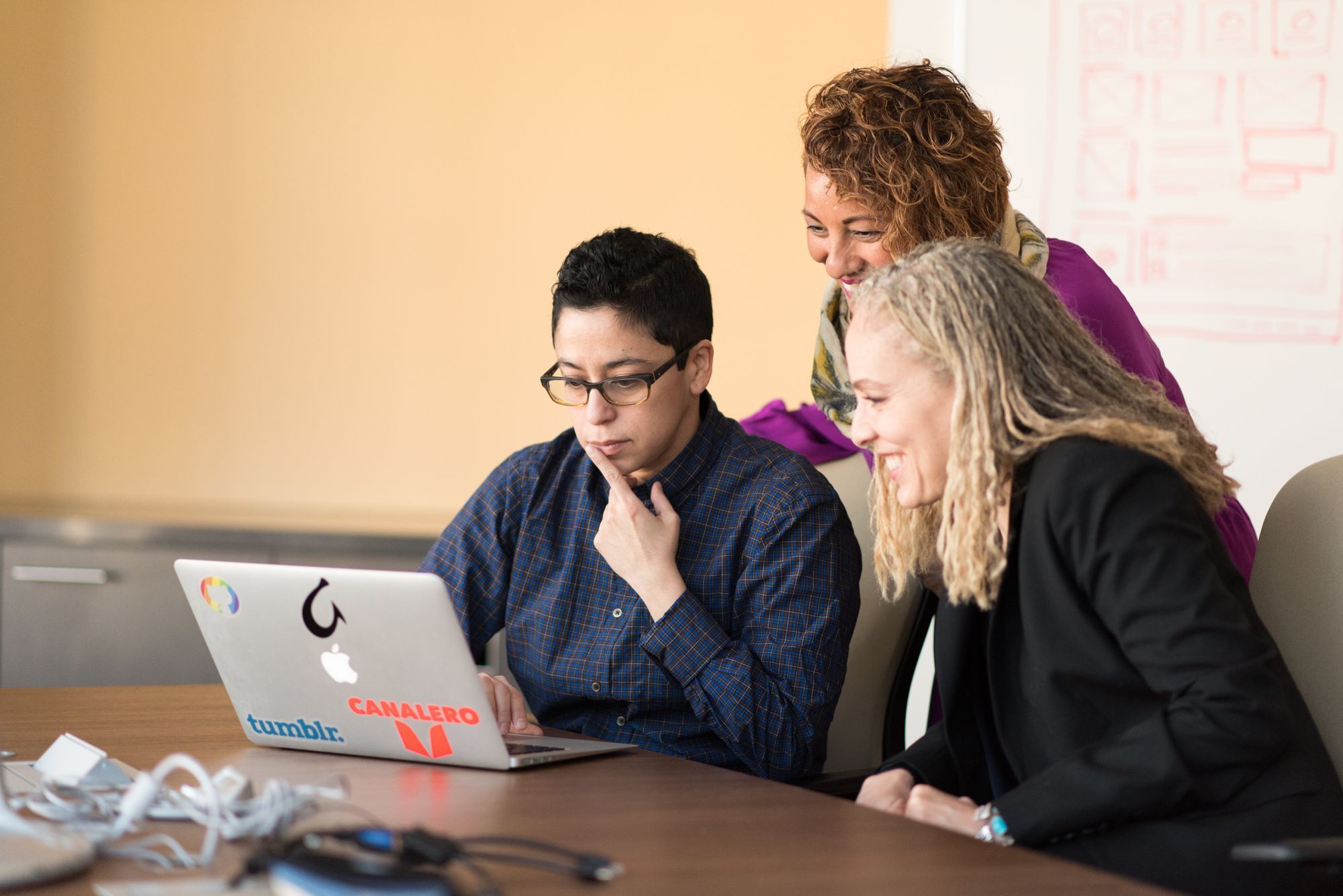
Design and Development
Post usability studies, the design and development phase began. Our UX designer and motion designer collaborated to create an engaging, intuitive, and visually appealing interface, while our developers ensured the platform’s functionality, performance, and responsiveness. The motion designer’s work played a critical role in making complex statistics digestible and approachable for users.

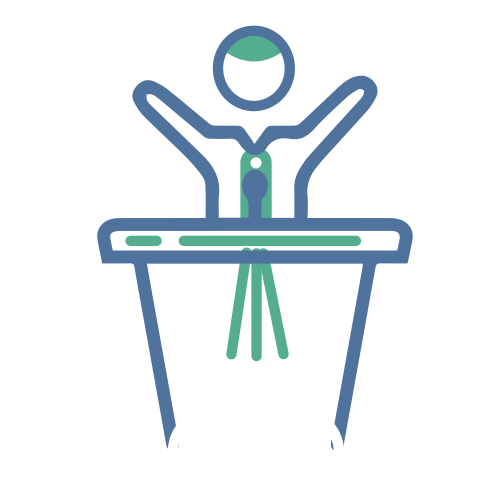
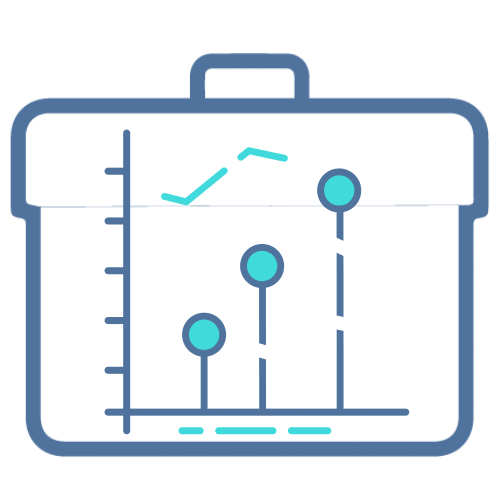
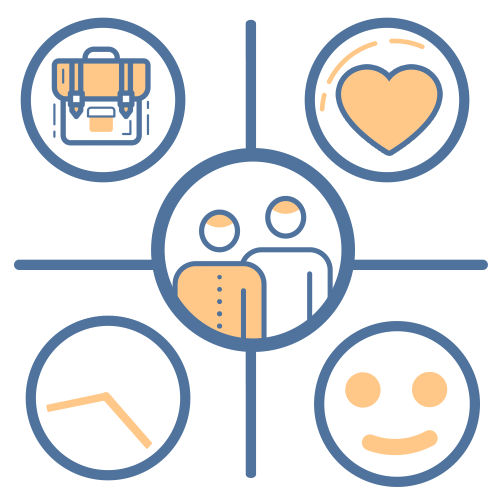
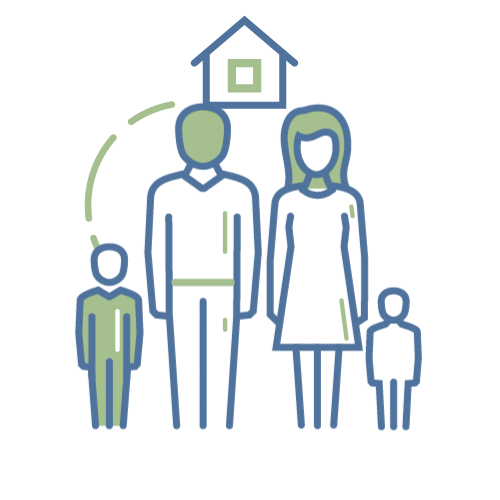
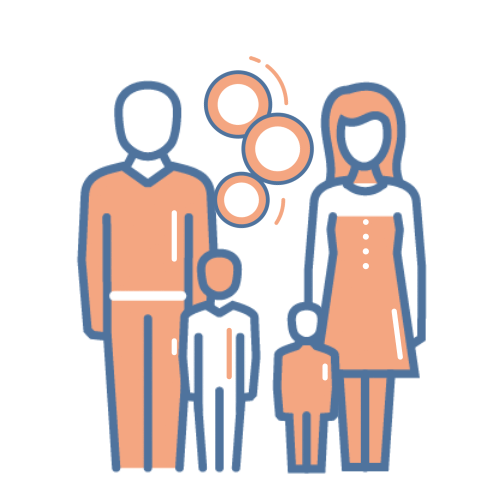
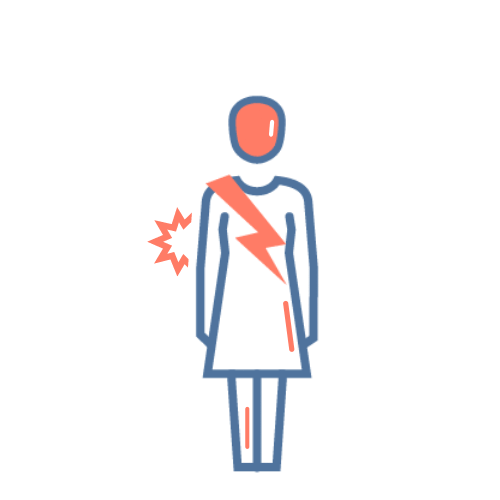
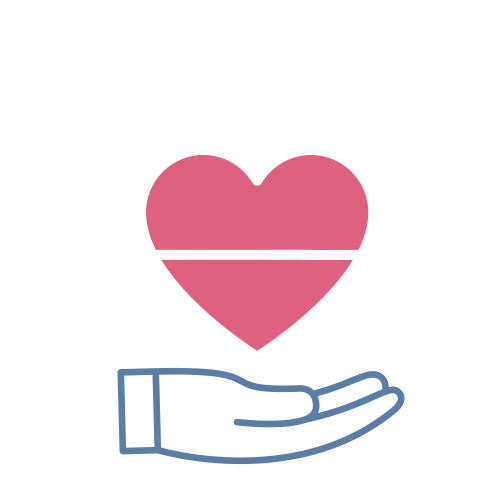
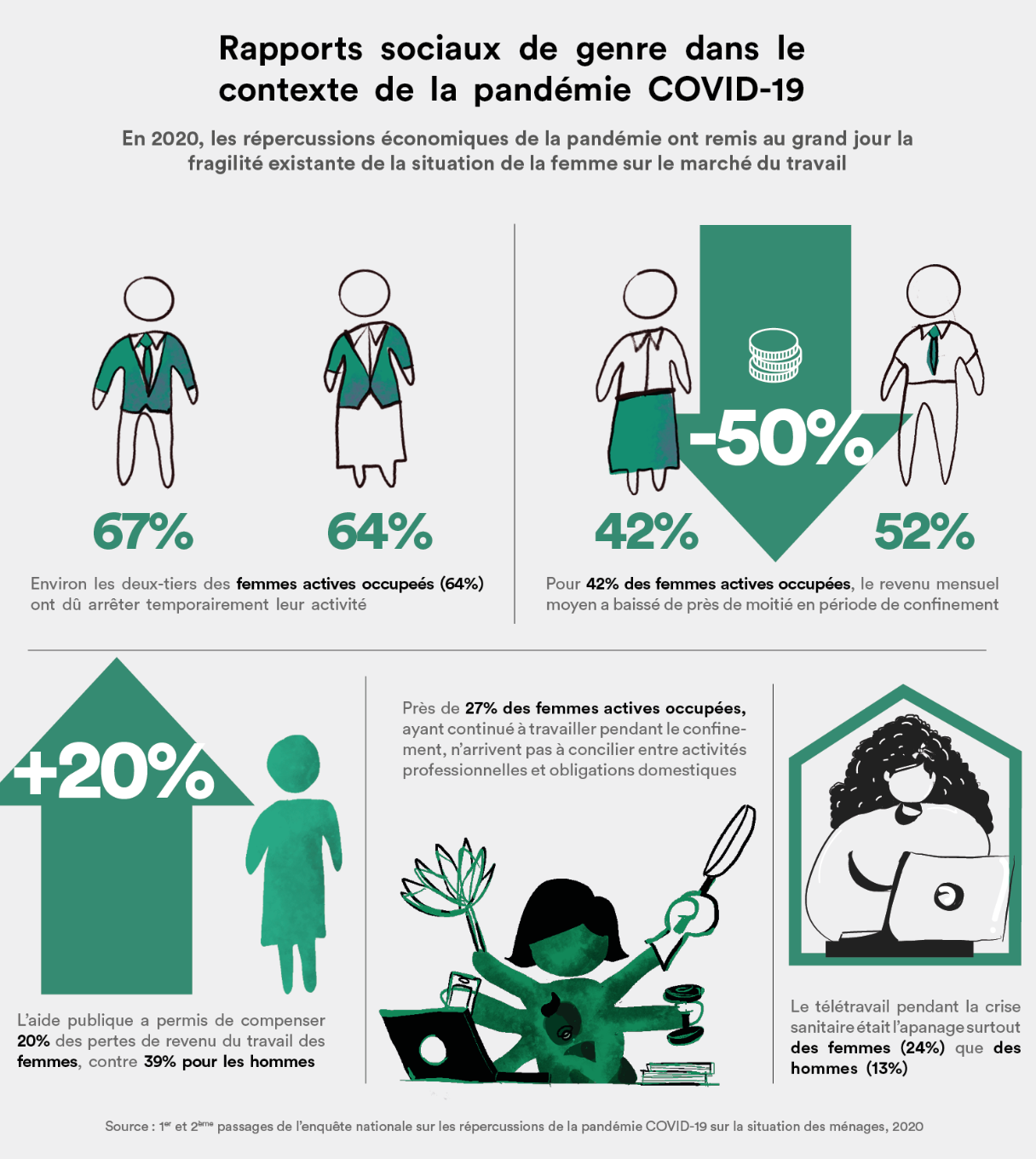
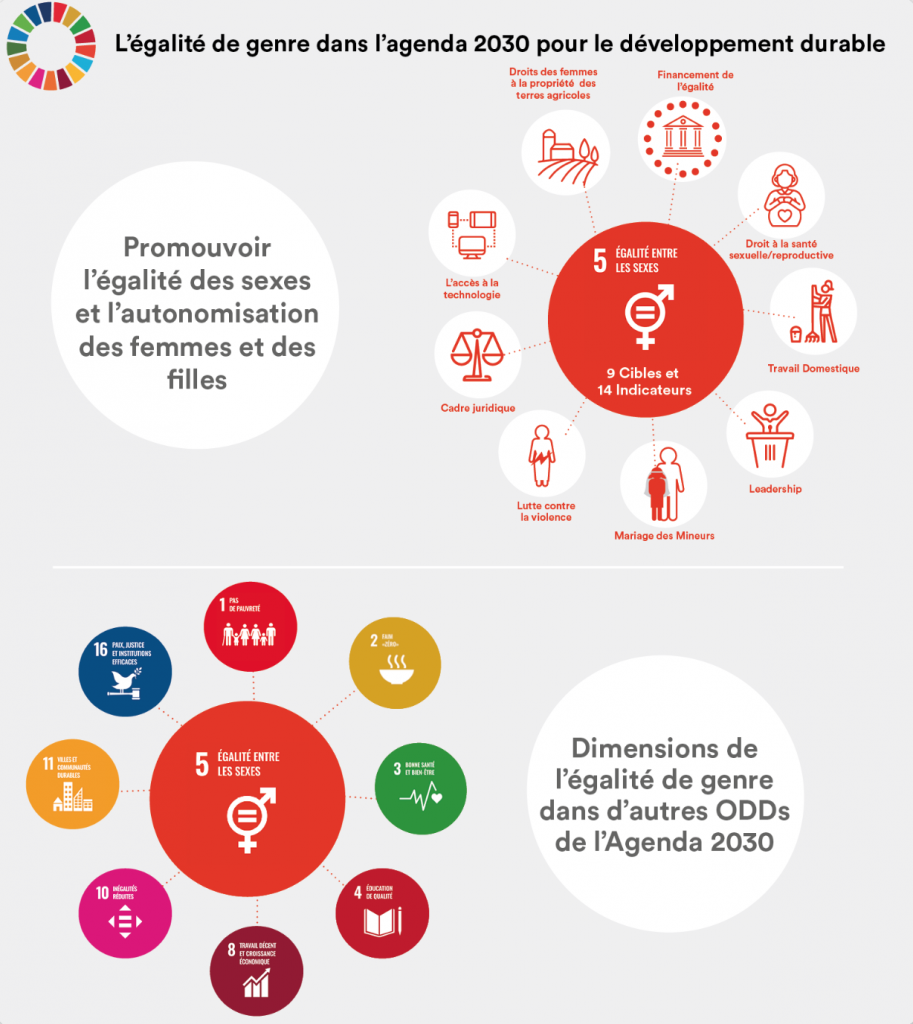
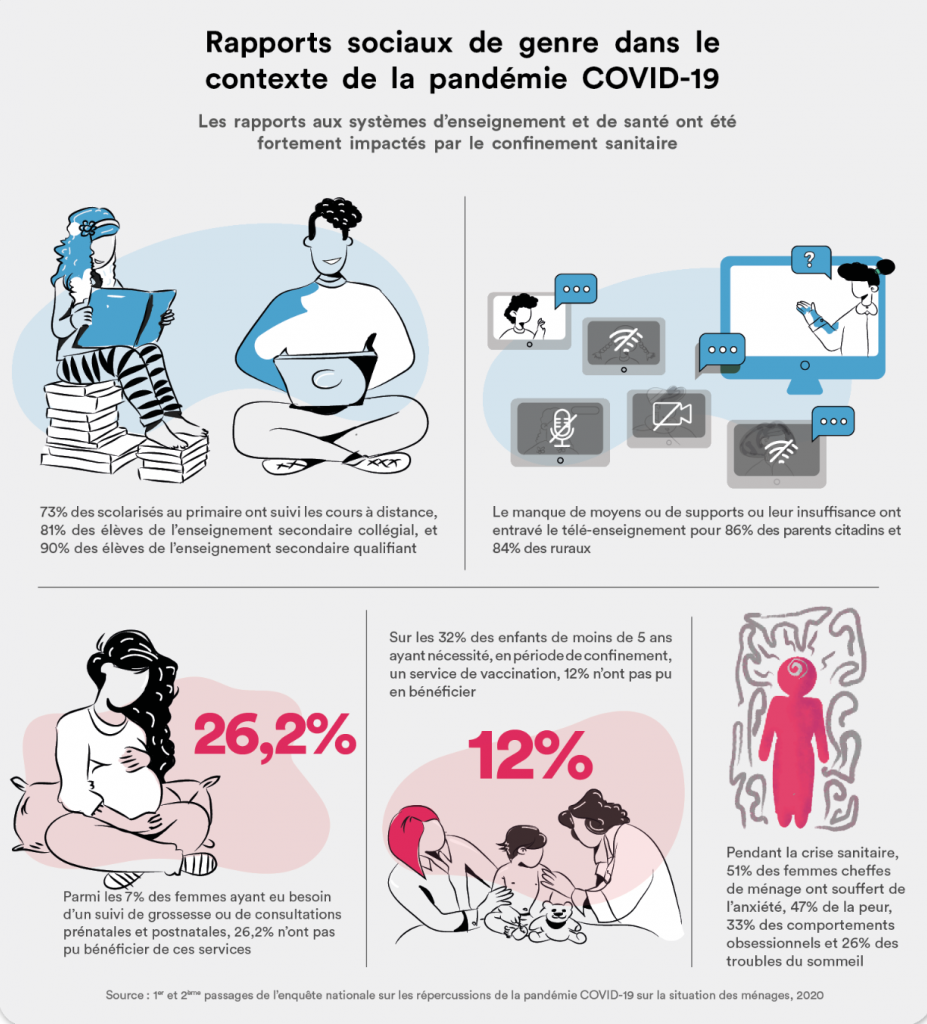
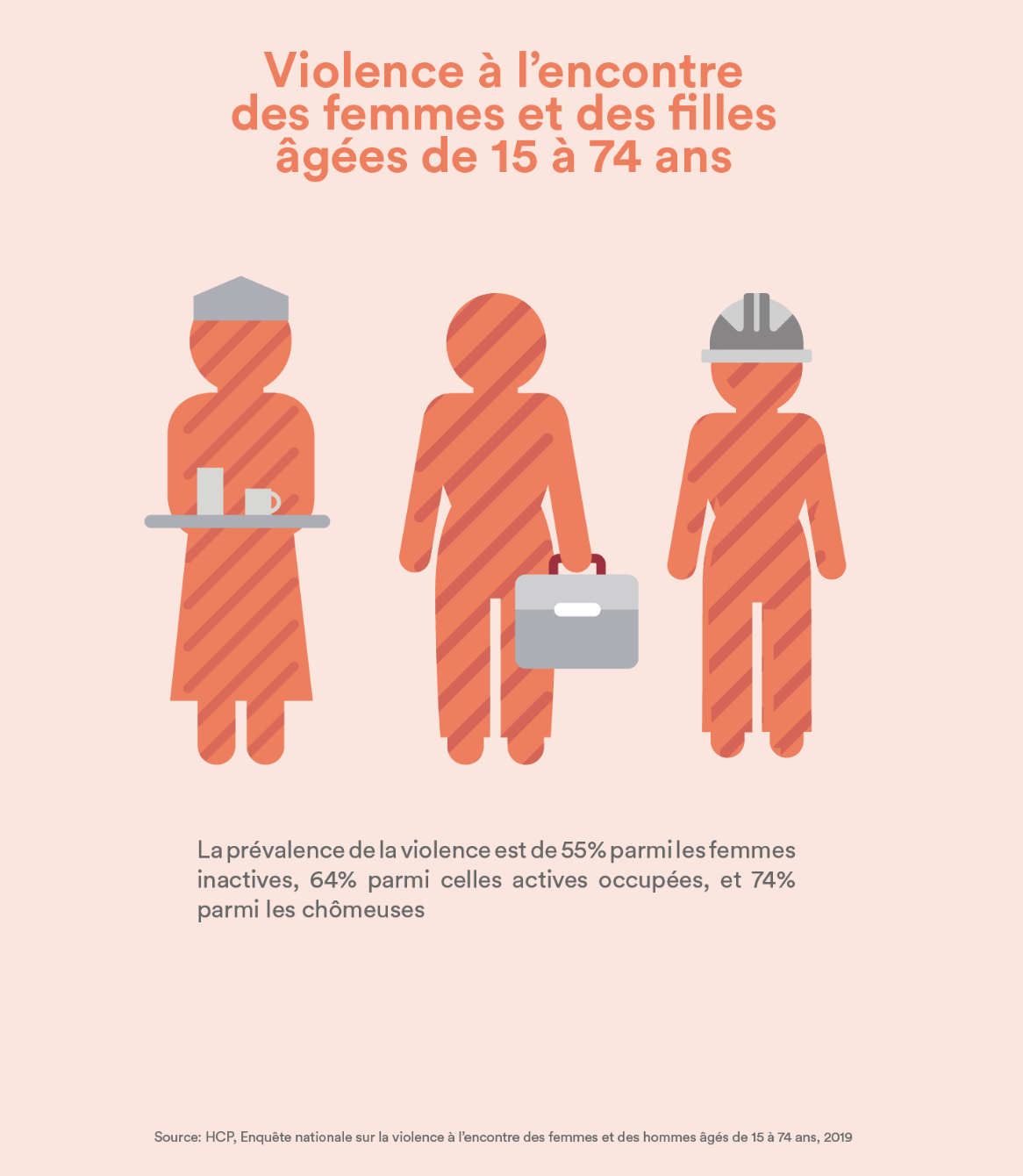
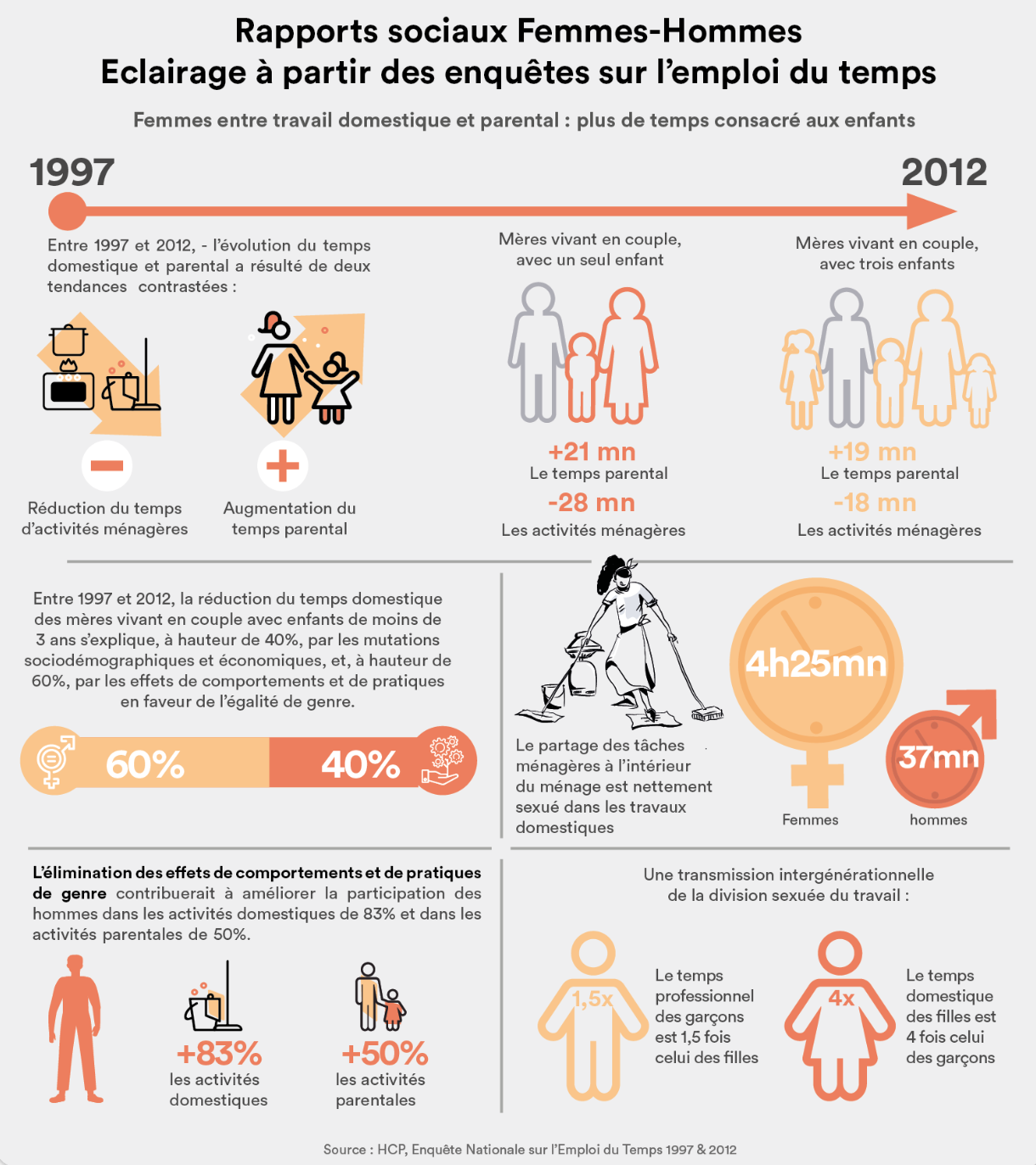
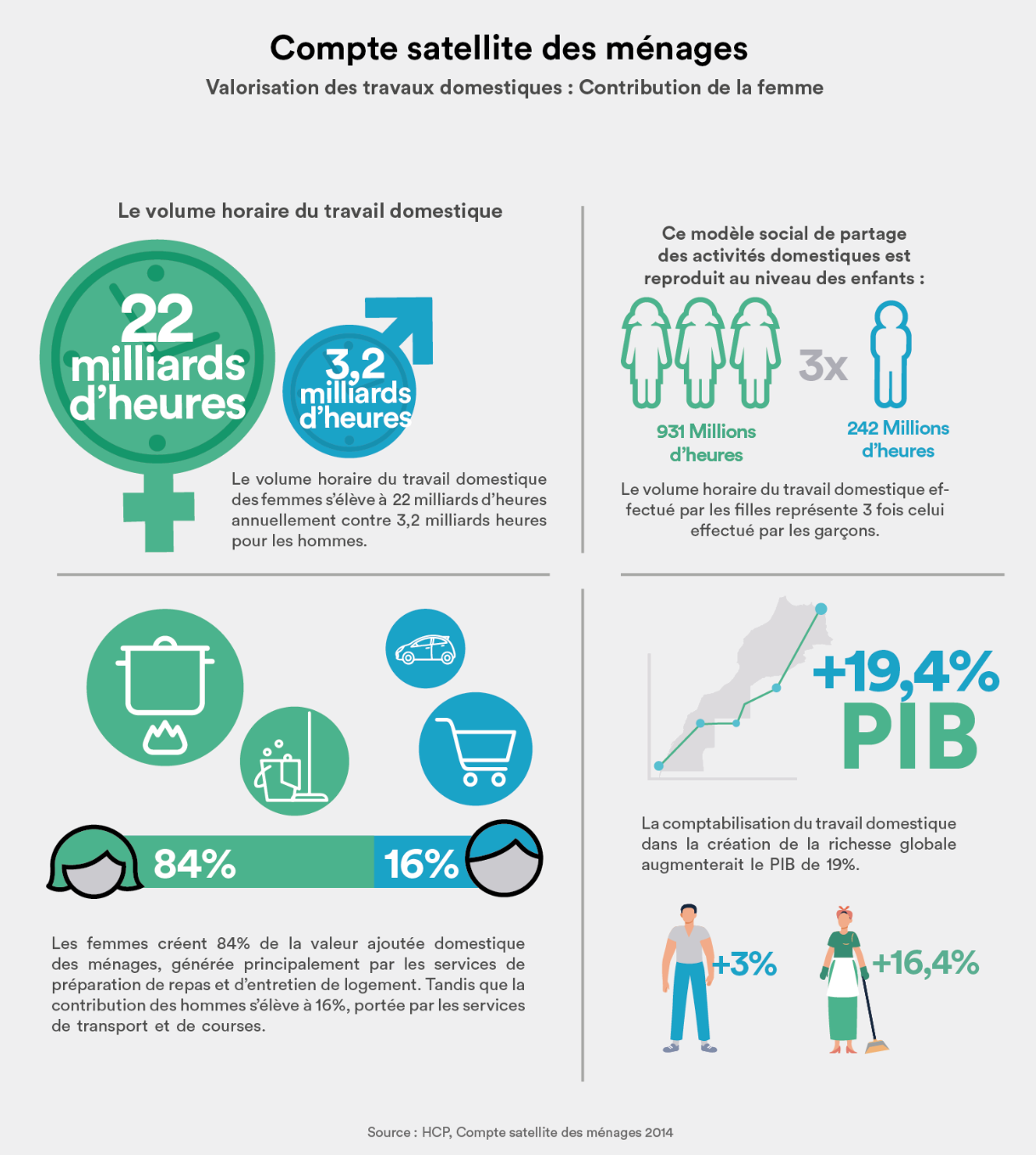
Video Developpement
- Explainer Video: Developed an explainer video elucidating the purpose and goals of gender statistics and the responsive platform. This video served as an engaging introduction to the platform, making complex data more approachable.
- Tutorial Video: Produced a tutorial video detailing how to navigate and utilize the platform. This instructional content was vital for user education and platform usability.
Training & Handover Phase
Upon the completion of the development phase and before the official launch, we organized a comprehensive two-day training for the Gender Statistics department. The purpose of this training was to equip the team with the necessary skills and knowledge to manage and maintain the web application independently. This included tutorials on managing content, interpreting user data, troubleshooting common issues, and updating the platform for continuous improvement. The training was interactive, hands-on, and tailored to accommodate different learning paces, ensuring a smooth handover process.
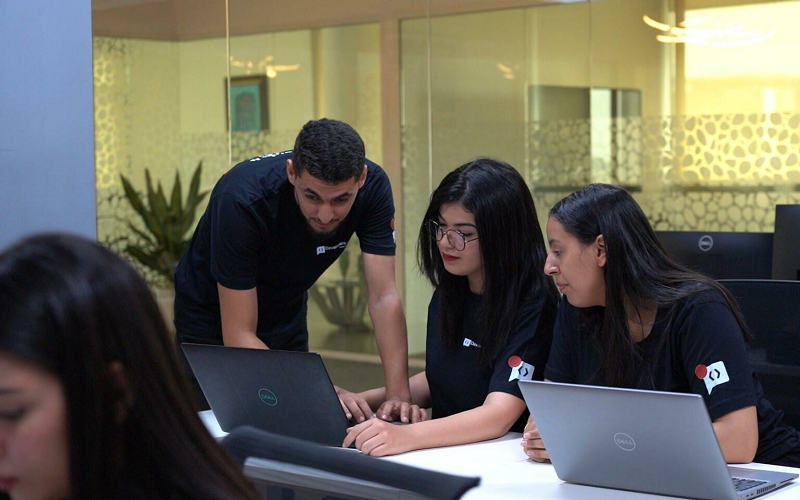
Outcomes and Lessons Learned
The redesigned platform was well-received, noted for its ease of use and improved data accessibility. The user feedback was invaluable in refining the platform, addressing issues like search capabilities and load times in subsequent iterations. The training ensured the client’s ability to independently manage the platform.
Key lessons included the importance of user-centered design, the value of iterative development informed by user feedback, and the necessity of thorough client training for project sustainability.
